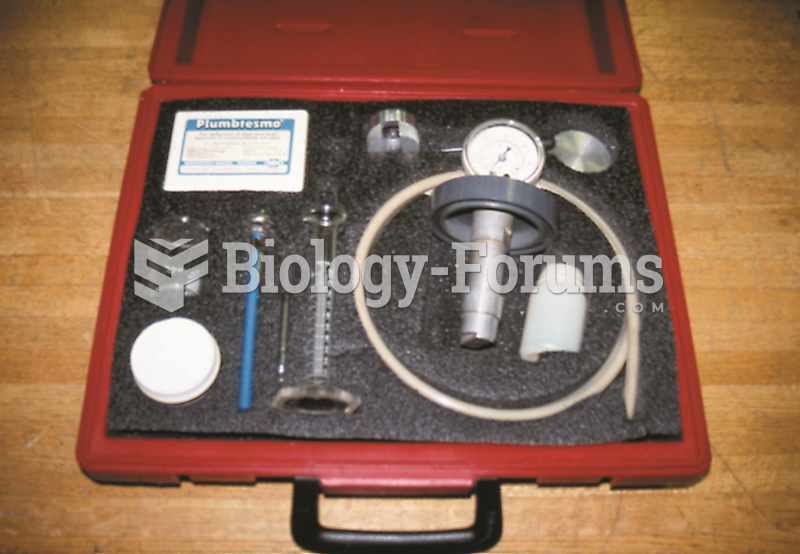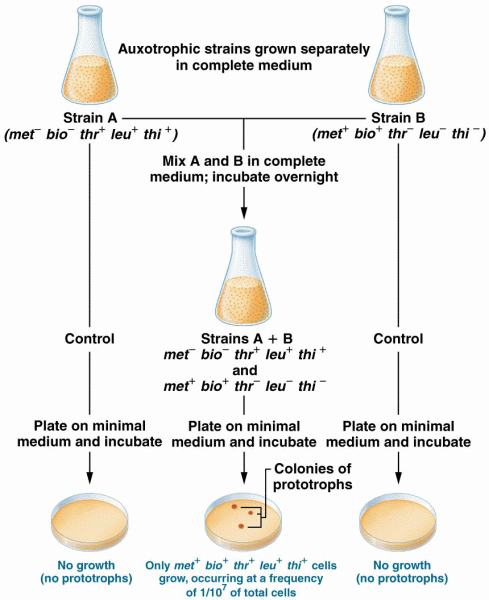This topic contains a solution. Click here to go to the answer
|
|
|
Did you know?
In 1864, the first barbiturate (barbituric acid) was synthesized.
Did you know?
More than nineteen million Americans carry the factor V gene that causes blood clots, pulmonary embolism, and heart disease.
Did you know?
By definition, when a medication is administered intravenously, its bioavailability is 100%.
Did you know?
The most dangerous mercury compound, dimethyl mercury, is so toxic that even a few microliters spilled on the skin can cause death. Mercury has been shown to accumulate in higher amounts in the following types of fish than other types: swordfish, shark, mackerel, tilefish, crab, and tuna.
Did you know?
This year, an estimated 1.4 million Americans will have a new or recurrent heart attack.
 Compared to a chimpanzee, the human newborn has relatively little room to spare as it passes through
Compared to a chimpanzee, the human newborn has relatively little room to spare as it passes through
 The heat range of a spark plug is determined by the distance the heat has to flow from the tip to ...
The heat range of a spark plug is determined by the distance the heat has to flow from the tip to ...





